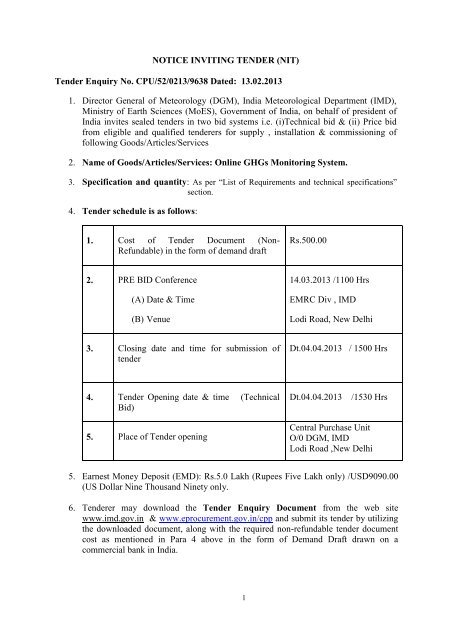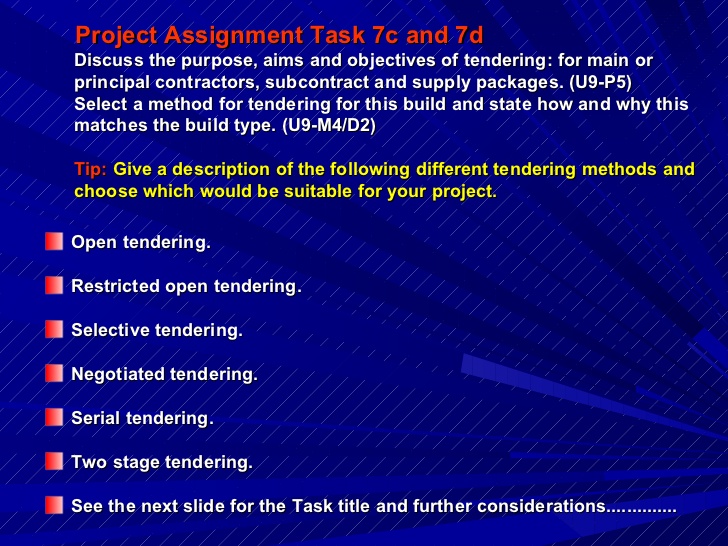Advantages to the tendering process
- Serial Tendering Advantages And Disadvantages Of Using
- Serial Tendering Advantages And Disadvantages Of Social

Serial Tendering Advantages And Disadvantages Of Using
Advantages of open tendering: There can be no favoritism. Can get the maximum benefit from competition. An opportunity is provided for any capable firm. Disadvantages of open tendering. Risk or danger that a firm inexperienced in preparing tenders may submit the lowest tender, that can cause problems in project execution. Serial tendering - Designing Buildings Wiki - Share your construction industry knowledge. A 'tender' is a submission made by a prospective supplier in response to an invitation to tender. It makes an offer for the supply of goods or services. In construction, the main tender process is generally the selection, by the client, of a contractor to construct the works. However, as procurement. E-procurement has several significant advantages to the companies as follows: 1. E-procurement software has a built-in tool that helps to maximize performance and reduce costs at the same time, which not only reduces overhead but also minimizes paperwork. Serial Tendering Advantages And Disadvantages While BIM processes are established for new buildings, the majority of existing buildings is not maintained, refurbished or deconstructed with BIM yet. Promising benefits of efficient resource management motivate research to overcome uncertainties of building condition and deficient documentation.

Serial Tendering Advantages And Disadvantages Of Social


In my opinion there are a number of occasions when the process of preparing for and undertaking a tender can bring considerable value, the main benefit being that it requires the purchaser(s) to consider exactly what it is that they wish to procure and requires all suppliers to respond to the same criteria on the same timetable:

- 1) New resources and format types
There are occasions, and I would suggest that Tjensvoll's point-of-care databases are a good example, where purchasers do not have access to all the information they require in order to negotiate effectively. This is especially the case with new types of e-resource. Here one may be unfamiliar with the different offerings available for purchase, the business models under which those e-resources are licensed, or indeed what exactly a high quality product will include.
In such situations, it is undoubtedly sensible to consider and attempt to define what one wishes to procure in advance and seek proposals from all of the available suppliers at the same time to facilitate the process of comparison and review. - 2) Capital purchases
As mentioned above, JISC Collections is fortunate enough to receive funding which sometimes allows us to procure content on behalf of all of our members. Sometimes there have been particular resources available which are so unique and important to our membership that direct negotiations have been entered into. However, there have also been occasions, especially when lots of publishers started making their digital back-files available and the responses of our membership to prioritization were so varied, when there was no other option than an open tender to ensure that the selection was fair, and delivered value for money. - 3) Prioritization of licensing
There have been occasions in JISC Collections where the licensing team has been overwhelmed by proposals for new and existing products from suppliers. Whilst there is nothing to stop one negotiating for all of these unique resources individually, it is not necessarily an effective or sensible use of limited human resources and expertise. In such circumstances, the issuing of a framework agreement provides an opportunity to receive and review a large number of proposals in an efficient way, reduces the likelihood of becoming involved in protracted negotiations for resources which may not have widespread appeal and requires all suppliers to meet the purchasers' criteria as a prerequisite for inclusion in the framework.